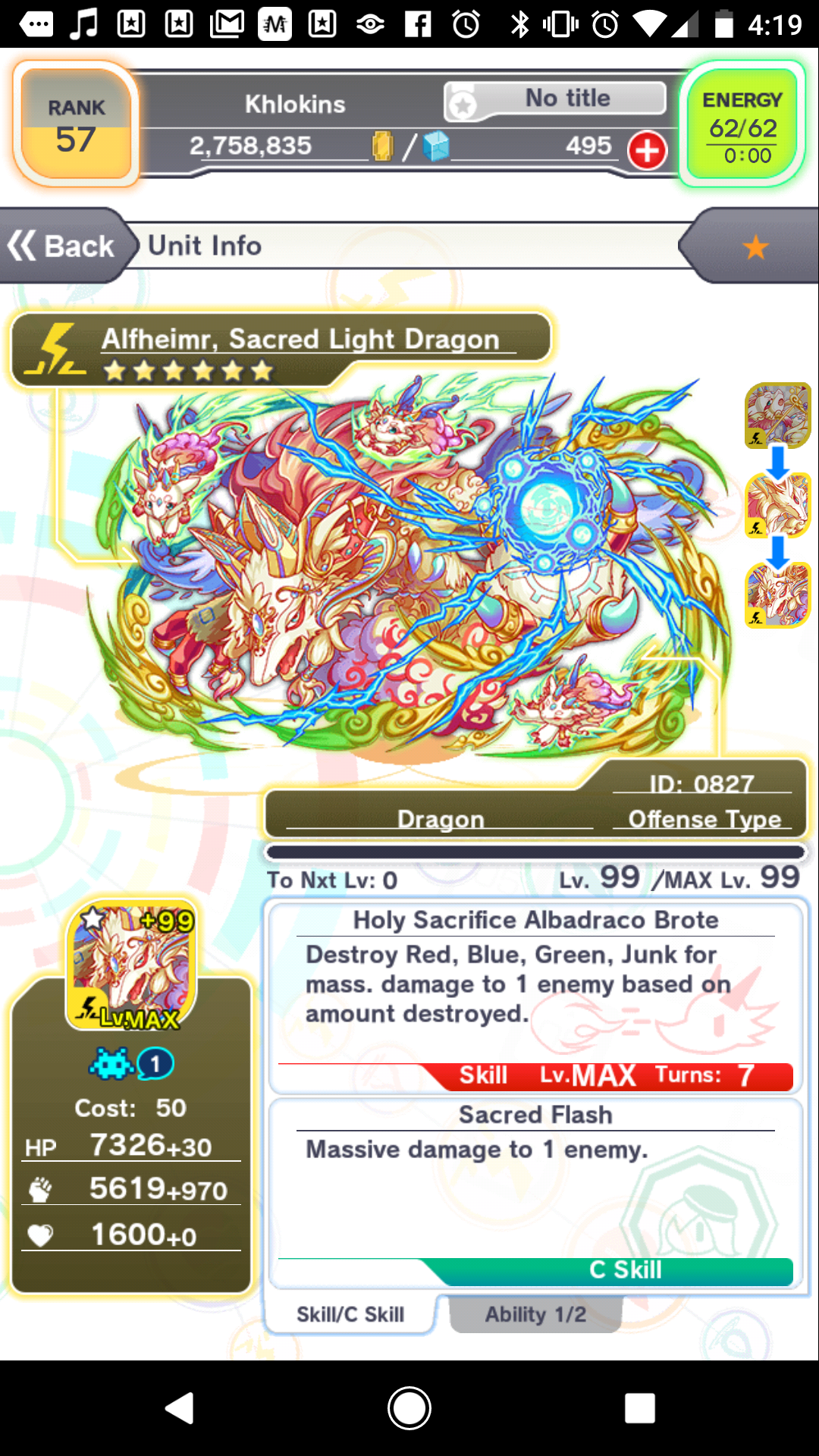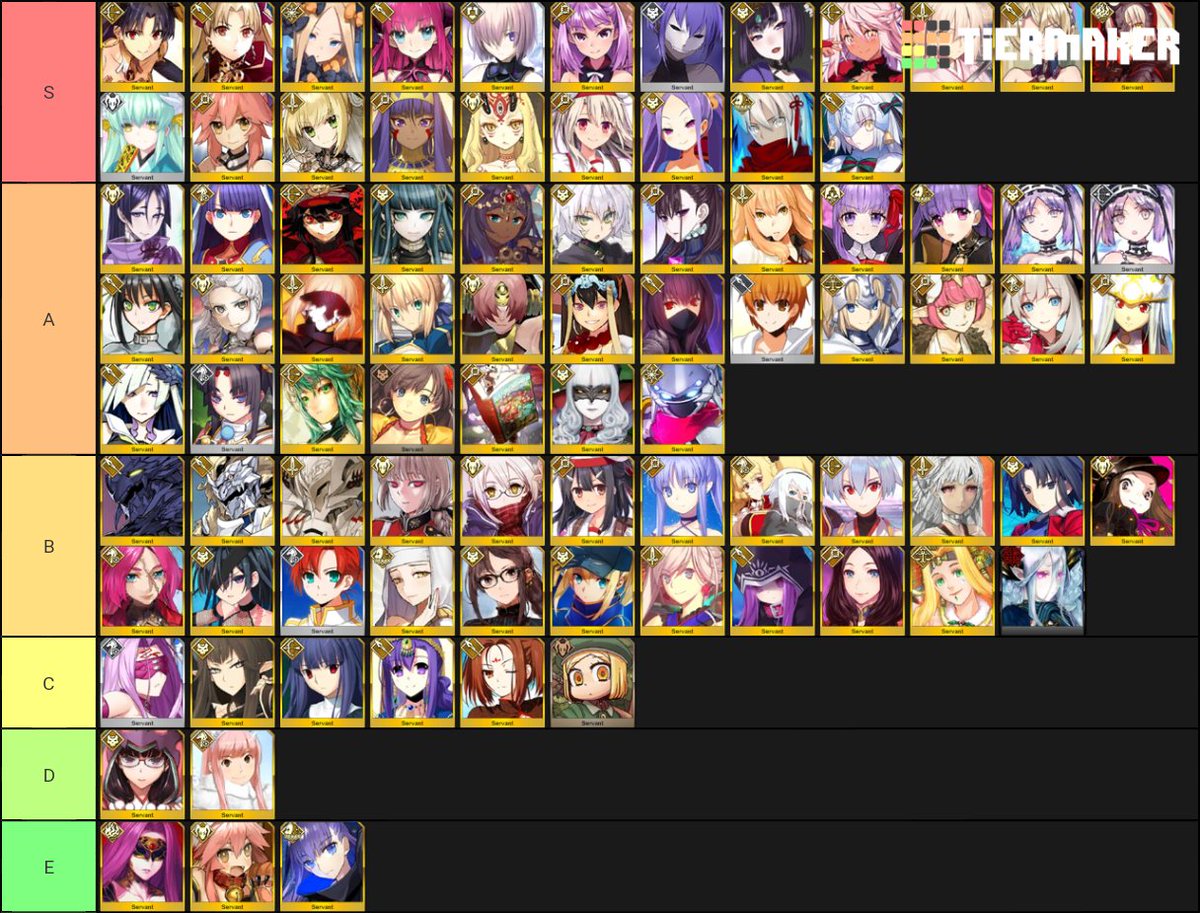

After the Republic fell, La Calle was exiled to France and then Mexico, where he lived out his days. Although he was an effective leader, the nationalist air force outnumbered La Calle’s, and he didn’t have enough experienced pilots to be as effective. Given his squadron’s heroic performance during the Battle of Jarama, La Calle was given command of all fighter units in the Spanish Republic and went to the Soviet Union for further training. He was well-known for not exposing his men to unnecessary risks, which made flying under his command a sought-after experience. La Calle was a highly effective squadron leader. His squadron was unique in that it included a section of US mercenary pilots who had joined the Republic to fight the fascists.

In 1936, La Calle was given command of a fighter squadron of 25 planes. During the early phases of the war, Andres Garcia La Calle was one of the top fighter pilots, scoring his early kills in outdated biplane fighters.

Both sides of the war had air forces, and the Spanish Republican forces mostly flew outdated airplanes at the beginning, before they received more advanced Soviet aircraft. The Spanish Civil War gave various nations a chance to test their war-making ability before World War II broke out. His wartime total was 44 kills, making him the highest-scoring Croatian ace of World War II. Later in his life, Dukovac immigrated to Canada and became a businessperson, dying in 1990. He flew bombing missions in an old T-6 Texan. He made it to Italy and spent the rest of the war in a refugee camp.Īfter the war, Dukovac developed strong opinions against the newly formed state of Israel and volunteered to fly with the Arabs in the Arab-Israel War in 1948. Dukovac became increasingly frustrated in his new position and defected again in a stolen airplane. Infuriated, he defected to the Soviet Union, where Soviet commanders assigned him to train Yugoslavian pilots. By 1944, German logistics were failing, and Dokovac’s squadron transferred to the front again but wasn’t supplied with airplanes. After a second and third tour of duty, he became a squadron leader. With more combat time, Dukovac quickly built up an impressive tally of kills against Soviet pilots.

Soon, the Germans needed more pilots to fight the Soviets and transferred Dukovac’s squadron back to the front. However, a few days later, his squadron left combat on a transfer back to Croatia. On Dukovac’s 12th mission, he shot down a Soviet I-16 fighter plane. They headed off to the Eastern Front as soon as their training was over. Mato Dukovac was among the first batch of Croatian pilots trained by the Germans. When Croatia became an independent country in 1941, its government organized an air army that would help the Nazis invade the Soviet Union. The lesser-known aces on this list are from countries that are not considered major world powers. But smaller countries have their fair share of heroic pilots that fought for what they believed in, too. The most well-known and popular aces tend to come from major world powers like Germany or the United States. A fighter ace is a pilot who gains five kills against enemy pilots.


 0 kommentar(er)
0 kommentar(er)
